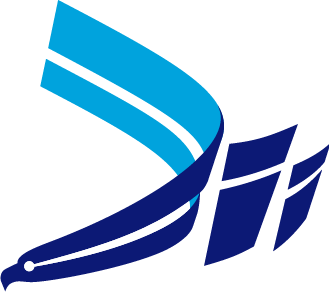Corso Dottorato - Interplanetary mission design
Bioheat Transfer
Author & teacher: Dr. Elena Fantino (Space Studies Institute of Catalonia, IEEC)
Duration/Dates: 12 hours/ 15-16-17-18 May 2017
Location and time table:
15 May - Aula T2 (via Claudio) - 14.30 17.30
16 May - Aula I2 (via Claudio) - 15.30 18.30
17 May - Aula C2A (via Claudio, DIETI, ground floor) - 14.30 17.30
18 May - Aula I3 (via Claudio) - 14.30 17.30
Summary
The course aims at providing the fundamentals of interplanetary missions from an astrodynamical perspective. It is divided into five modules: introduction, methods for the construction of a two-body transfer between planets, gravity assist, patched conics, low-energy transfers and low-thrust trajectories.
Requirements
Fundamentals of orbital mechanics: Keplerian orbits and very basic concepts of orbital maneuvers. Basic knowledge of spacecraft subsystems.
Contents
- Module 1: Introduction An overview of the Solar System and beyond. The universe in the perspective of robotic exploration. How far can we look with a space telescope and how? from Earth orbiting platforms to observatories at the libration points (technology, achievements, challenges). Interplanetary and planetary missions: past, present and future. Achievements and failures. Discussion.
- Module 2: Astrodynamics of an interplanetary mission From planet A to planet B: two-point boundary value problem or Lambert’s problem. Theory, solution methods. Choice of the launcher. Discussion.
- Module 3: Gravity-assisted trajectories Sphere of influence. The physics of the gravity assist in 2D and 3D: characterization of planets as good or bad accelerators. Patching conics. Gravity-assisted trajectories. Examples, exercises, discussion.
- Module 4: Low-energy transfers The circular restricted three-body problem: fundamentals. Comparisons between traditional patched-conics trajectories and low-energy transfers. Example missions. Discussion.
- Module 5: Low-thrust trajectories (3 hrs) Low-thrust propulsion versus impulsive maneuvers: comparisons. Principles of optimal control: Euler-Lagrange theory. Solution methods. Examples and applications. Discussion.
Methods and tools:
PPTs, videos, web pages, numerical simulations.
Course details:
Credits (CFU): 3
Spoken Language: English
Assessment: written exam at the end covering four parts of the course
Contact:
prof. Michele Grassi, michele.grassi@unina.it, 081/76-82217

 Dipartimento di Ingegneria Industriale
Dipartimento di Ingegneria Industriale